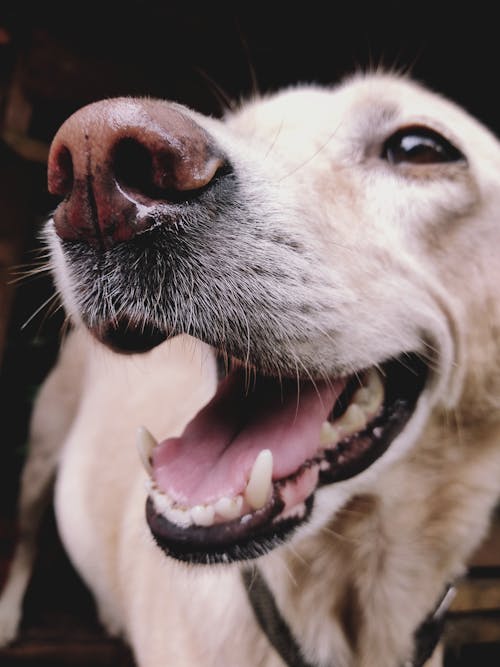How to clean your dog's teeth

Sure! Here's an article on how to brush your dog's teeth without using force: Brushing your dog's teeth is an essential part of their overall health care routine. Maintaining good oral hygiene can help prevent dental disease, bad breath, and other oral health issues. While some dogs may resist having their teeth brushed initially, with patience and positive reinforcement, you can gradually make it a comfortable experience for both you and your furry friend. Here are some steps to follow: 1. Introduce the toothbrush gradually: Start by getting your dog familiar with the toothbrush and toothpaste. Let them sniff and lick the toothbrush, and reward them with treats or praise for positive associations. 2. Choose the right tools: Use a soft-bristled toothbrush specifically designed for dogs or a finger brush. Avoid using human toothpaste, as it contains ingredients that can be harmful to dogs. Instead, use a dog-friendly toothpaste available in pet stores, which come in enticing flavors like poultry or peanut butter. 3. Get your dog in a comfortable position: Find a quiet and relaxed space where you and your dog can comfortably sit or stand. Ensure that your dog feels secure and at ease during the teeth-brushing process. 4. Start with gentle touches: Initially, touch your dog's muzzle and lips to get them accustomed to the sensation. Gradually work your way towards gently lifting their lips and touching their teeth. Be patient and give your dog breaks whenever needed. 5. Brush in a circular motion: Apply a small amount of toothpaste on the toothbrush/finger brush and gently brush your dog's teeth in a circular motion. Focus on the outer surfaces of the teeth, especially the molars, which tend to accumulate more plaque. 6. Reward and praise: Throughout the process, offer plenty of positive reinforcement, praise, and treats to make it a positive experience for your dog. This will help build a positive association with toothbrushing. 7. Be consistent and patient: Establishing a toothbrushing routine takes time and persistence. Aim to brush your dog's teeth at least 2-3 times a week, if not daily. Consistency is key to achieving good oral hygiene. 8. Seek professional help if needed: If your dog resists toothbrushing or exhibits signs of discomfort, consider seeking assistance from a professional dog trainer or veterinarian. They can provide guidance and suggest alternative dental care options. Remember, never use force or get frustrated if your dog is initially resistant. Building trust and taking a gradual approach is crucial. With time and positive reinforcement, you'll be able to establish a teeth-brushing routine that benefits your dog's oral health.
tt